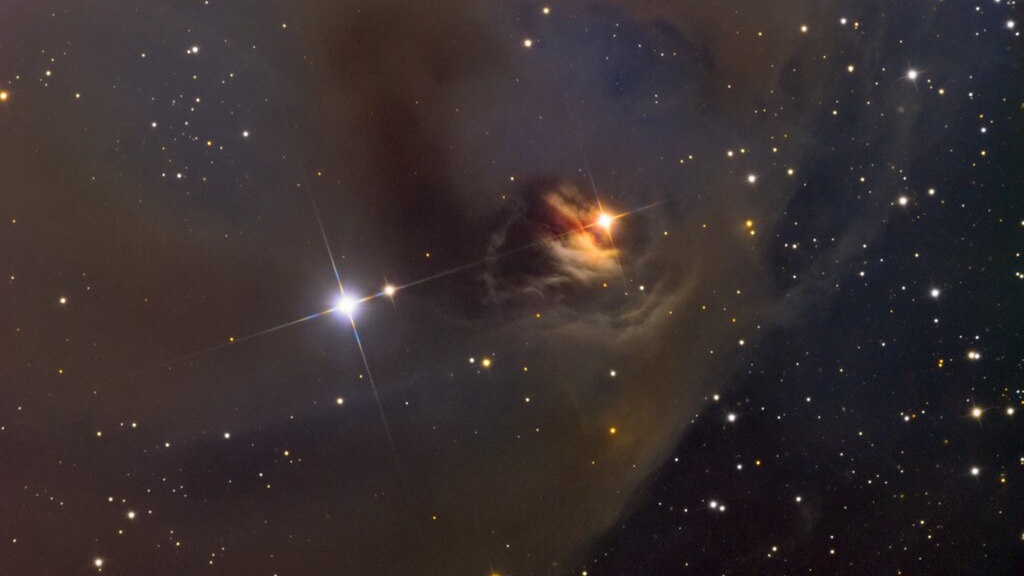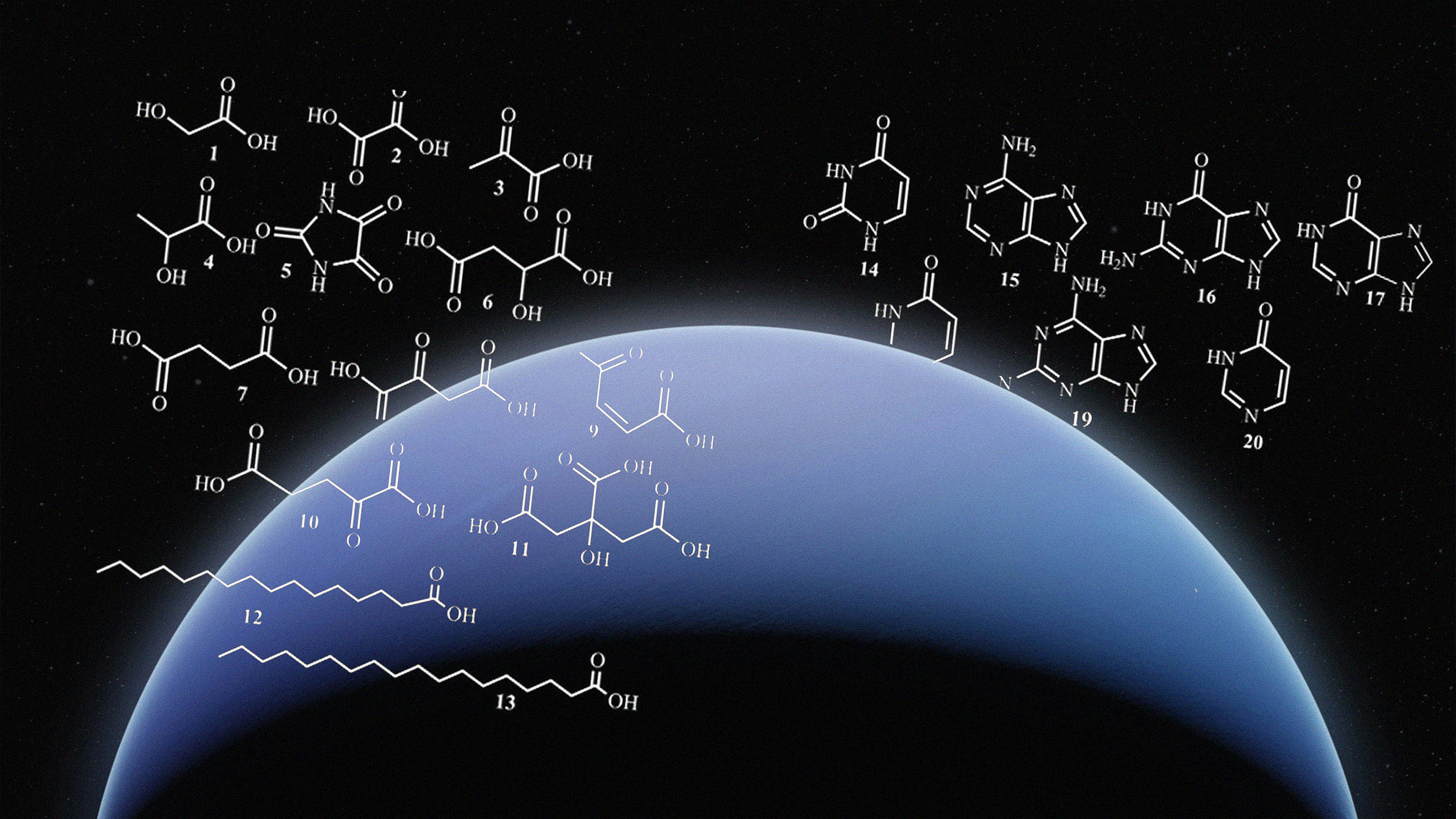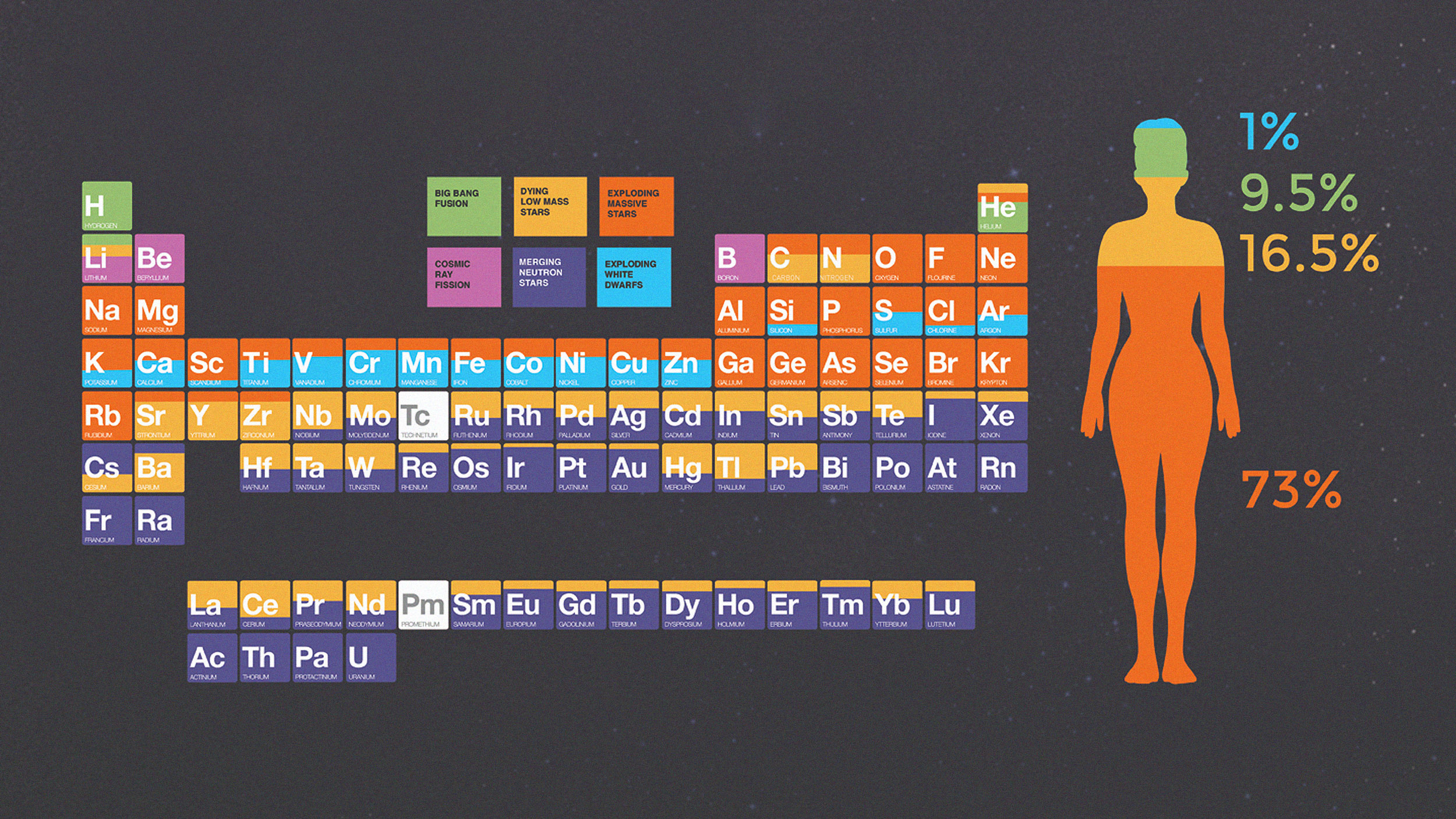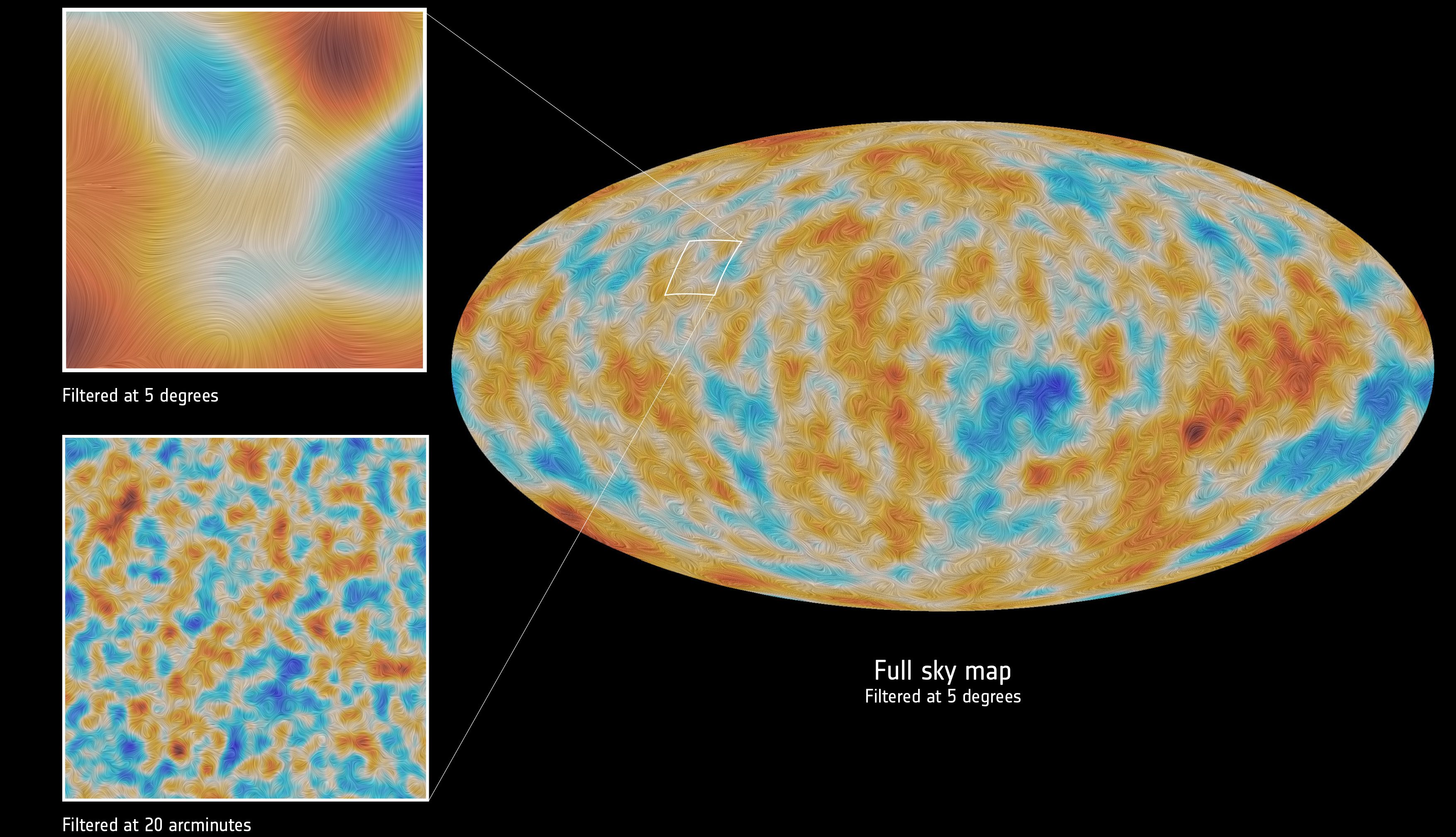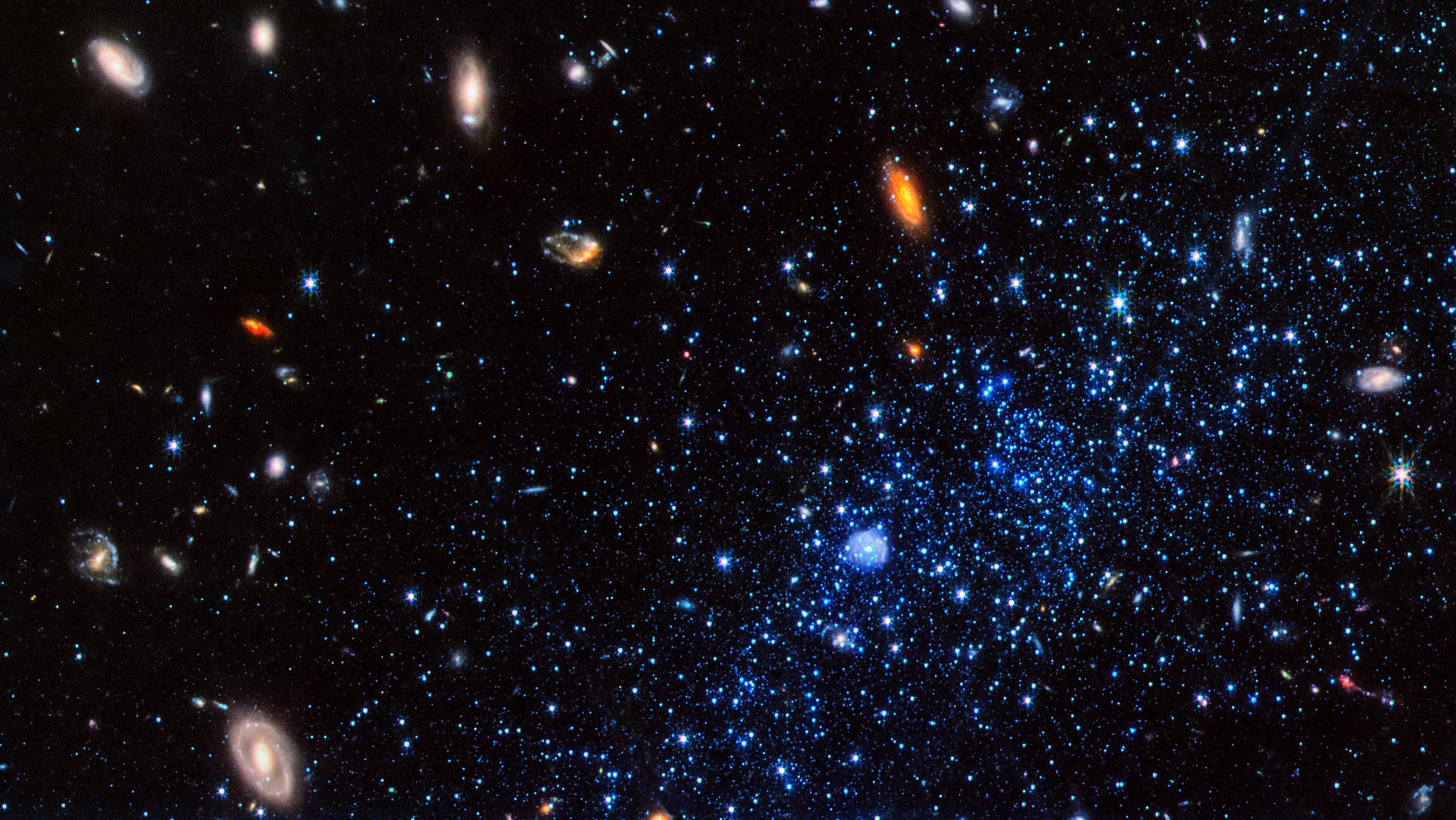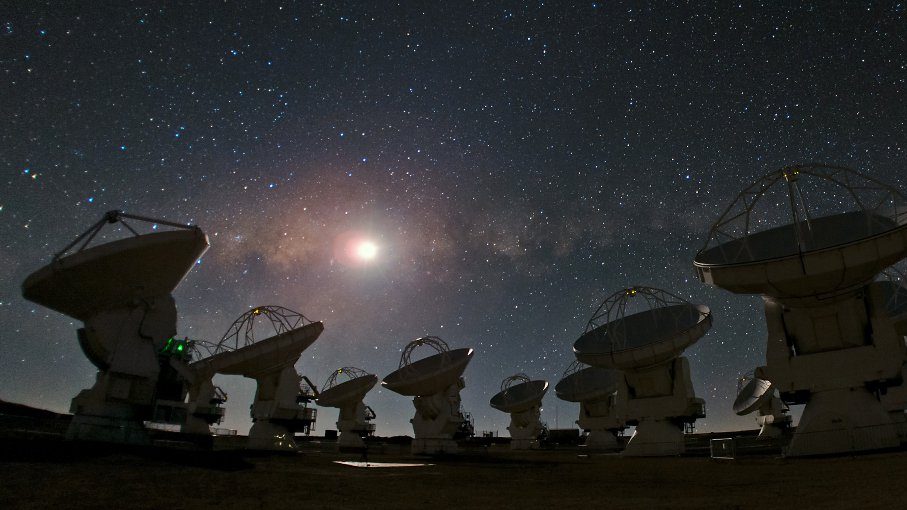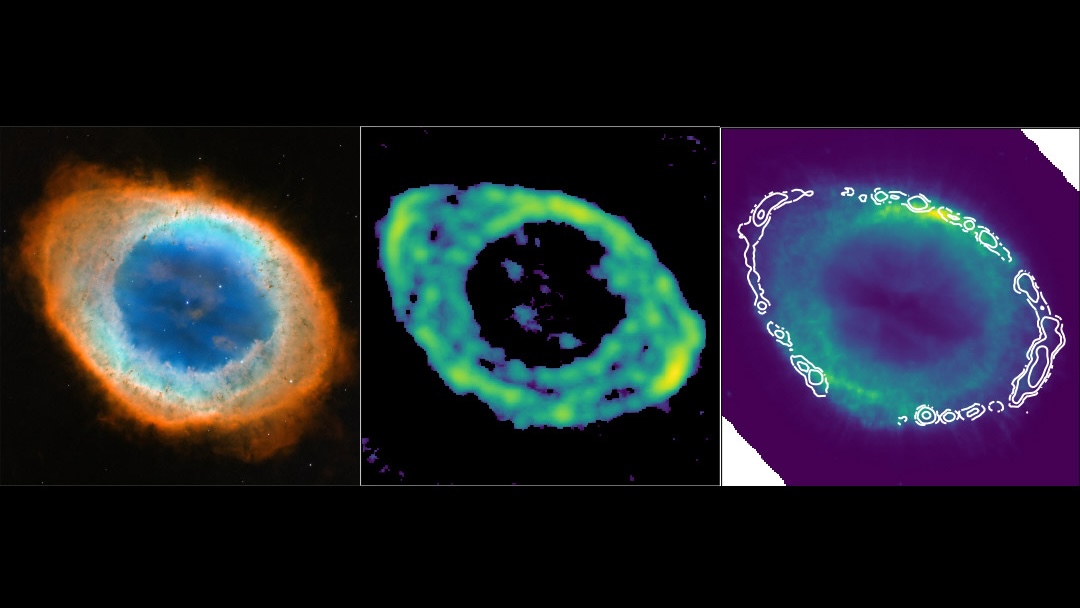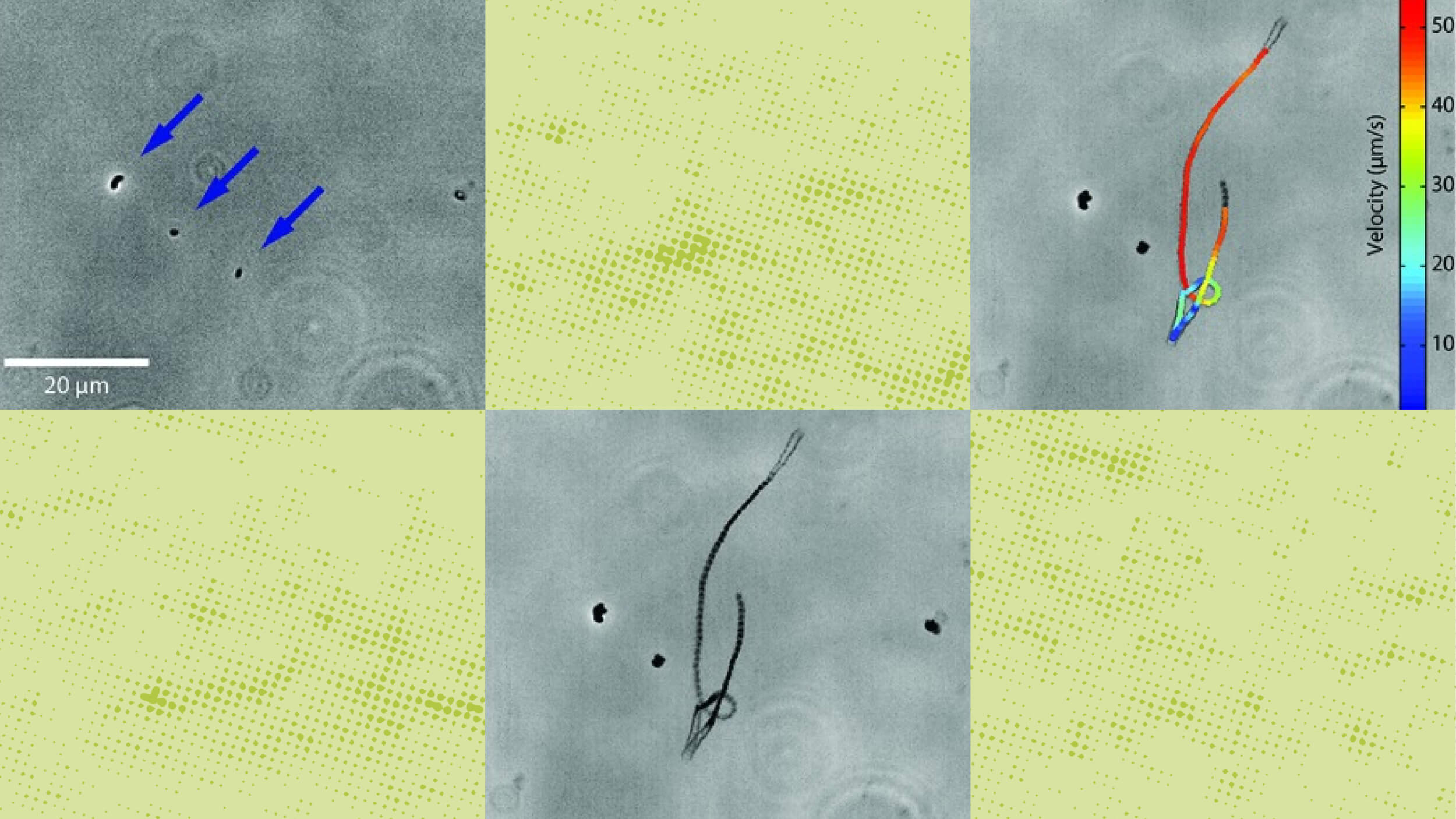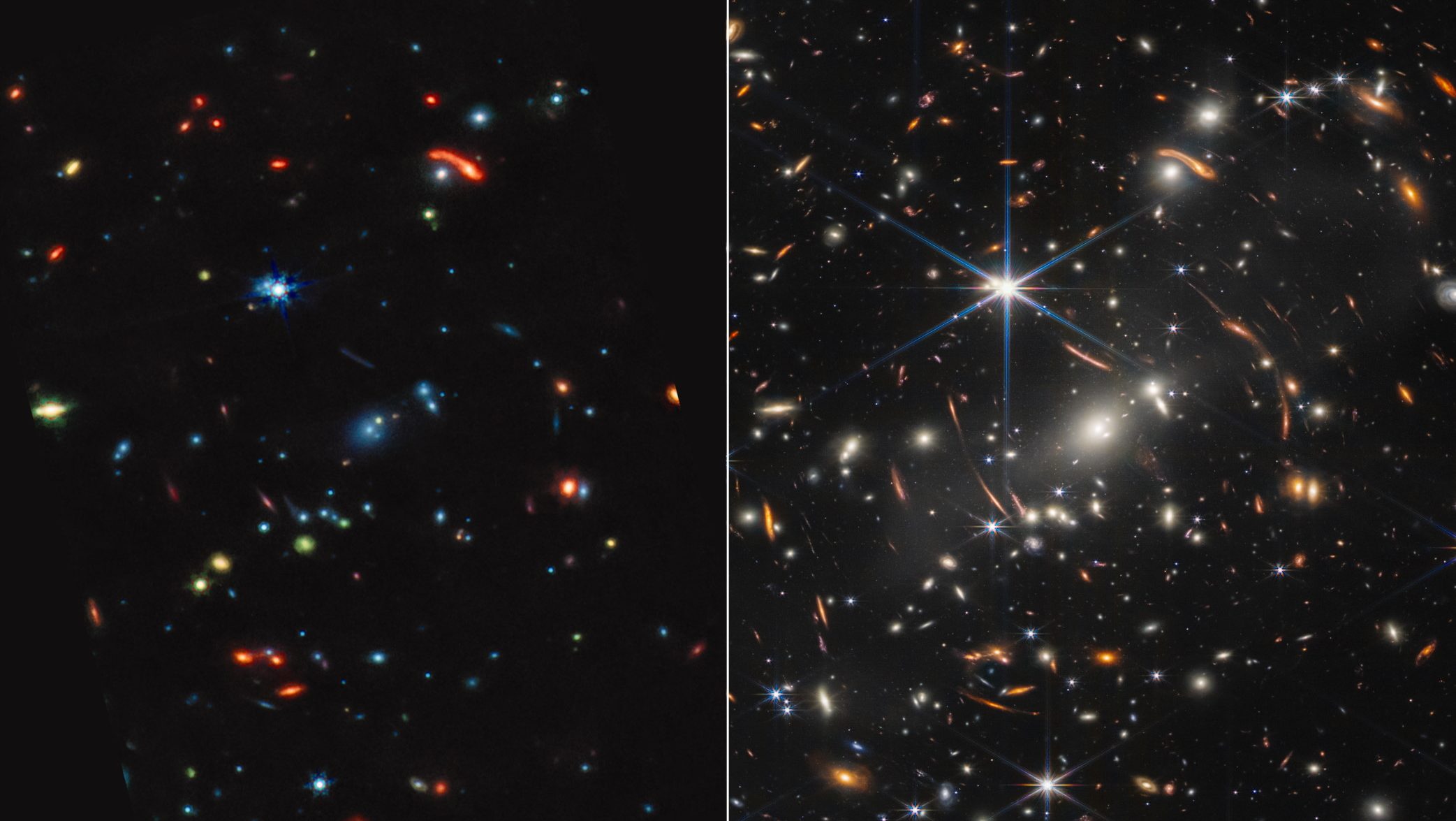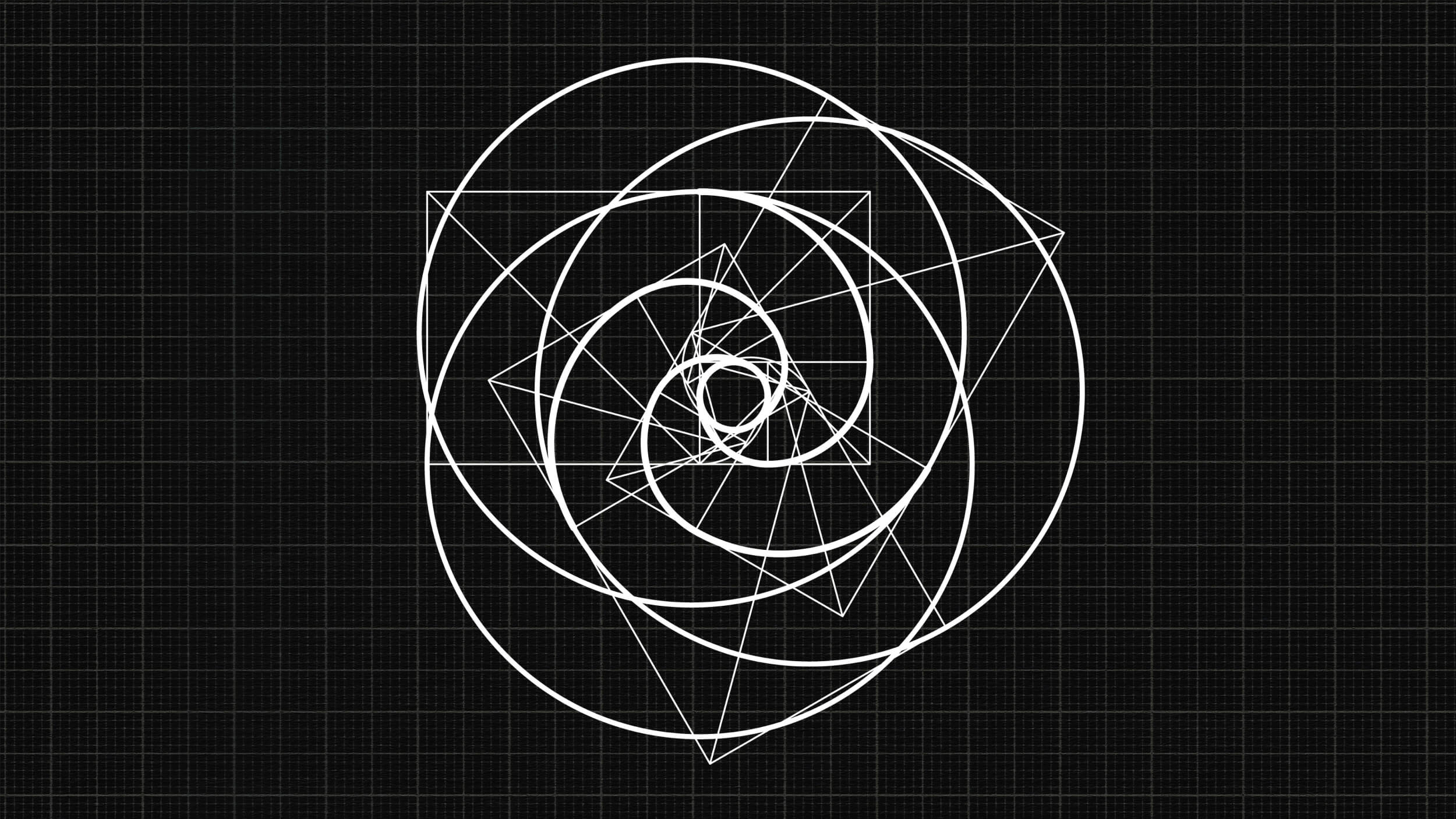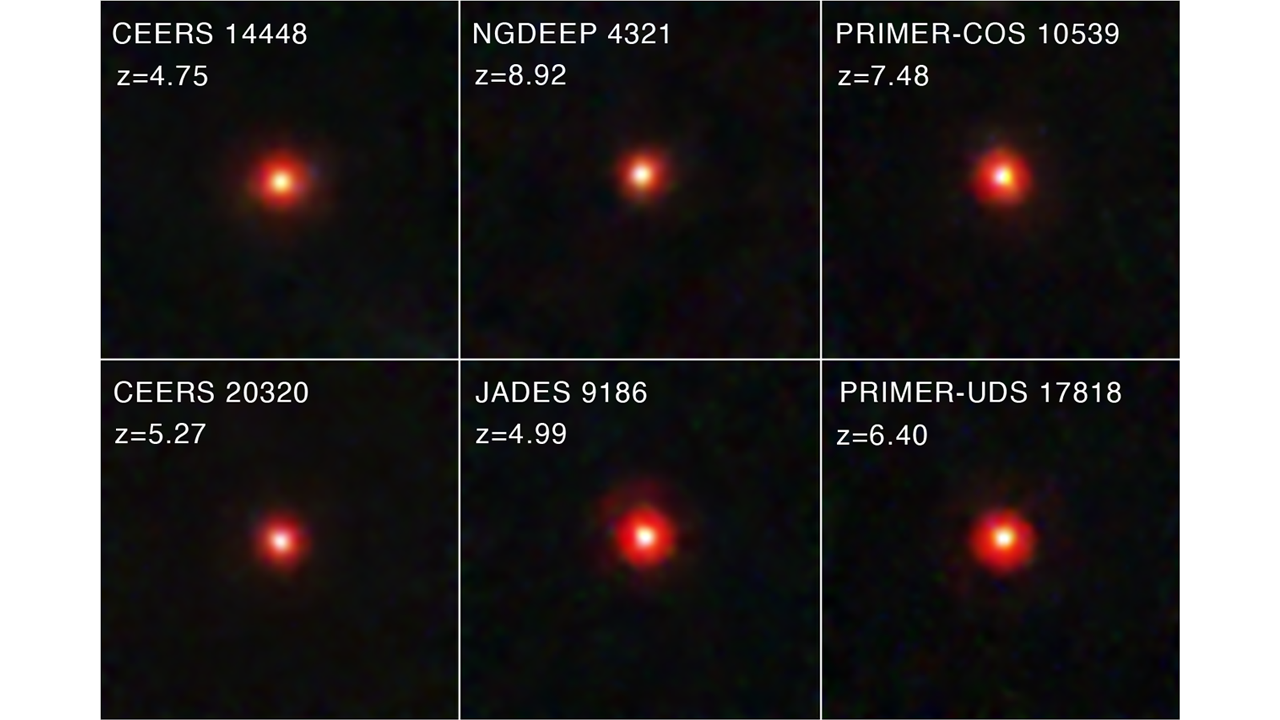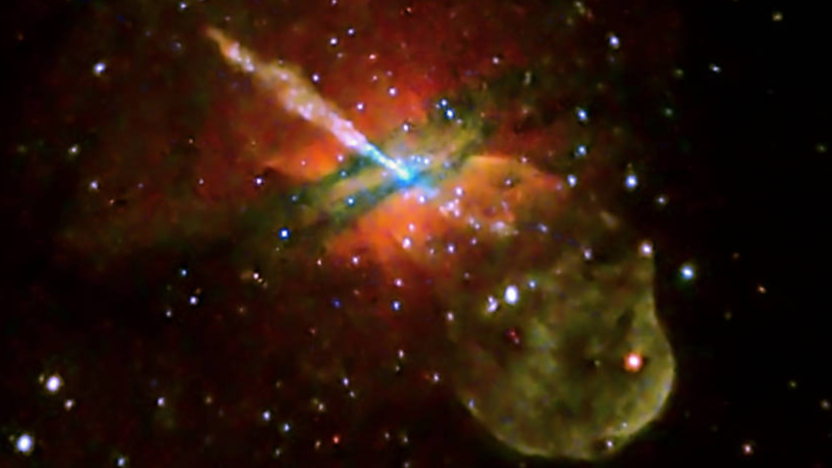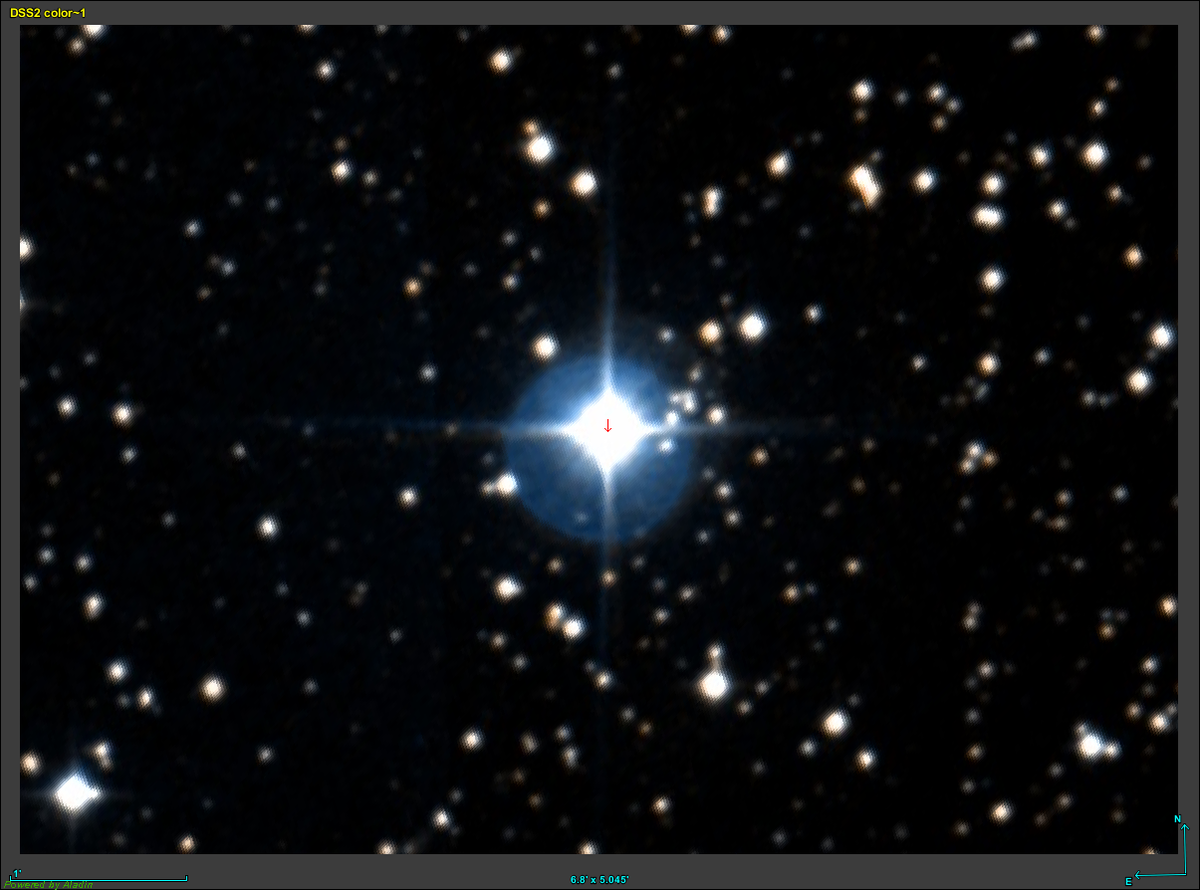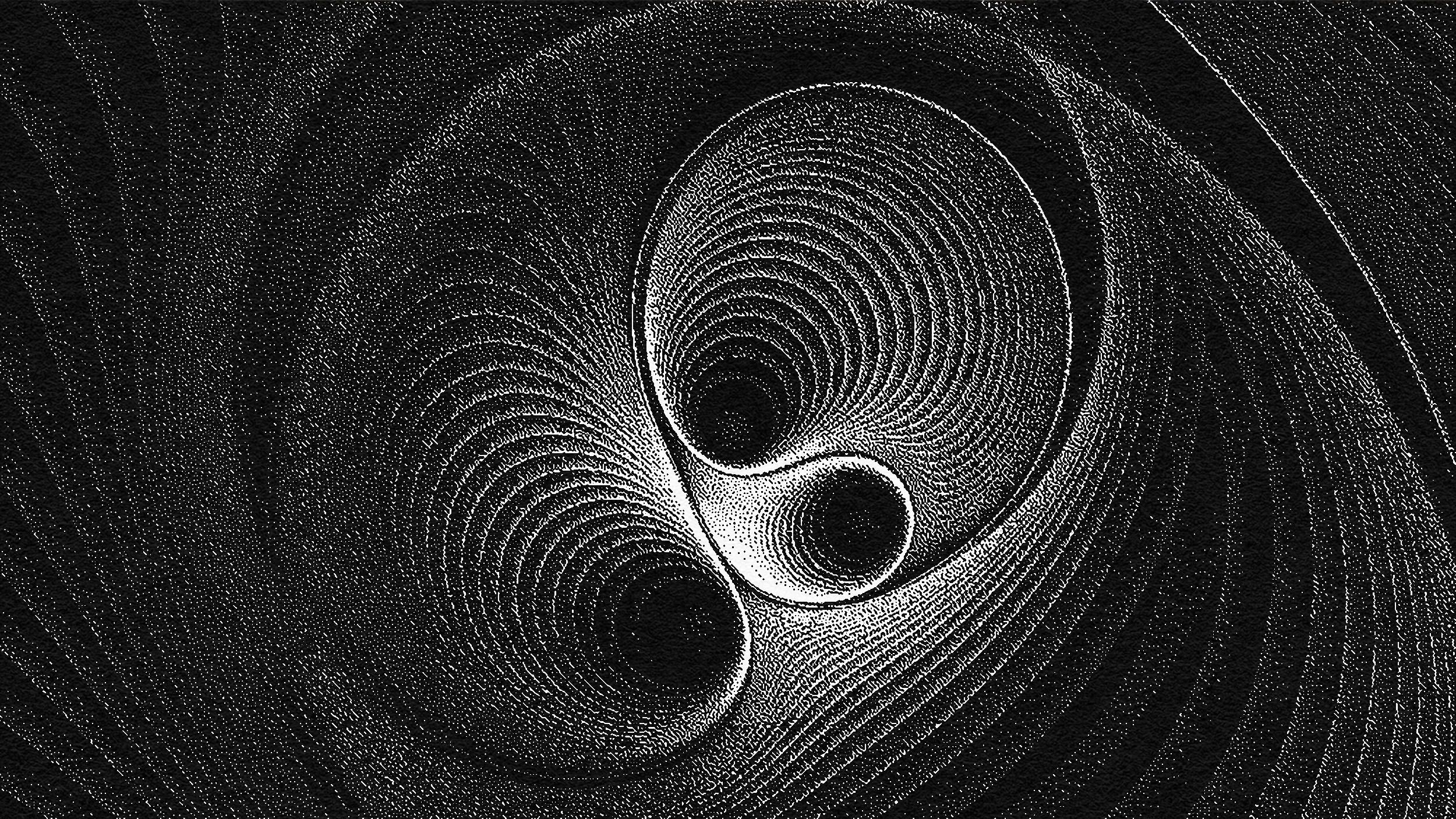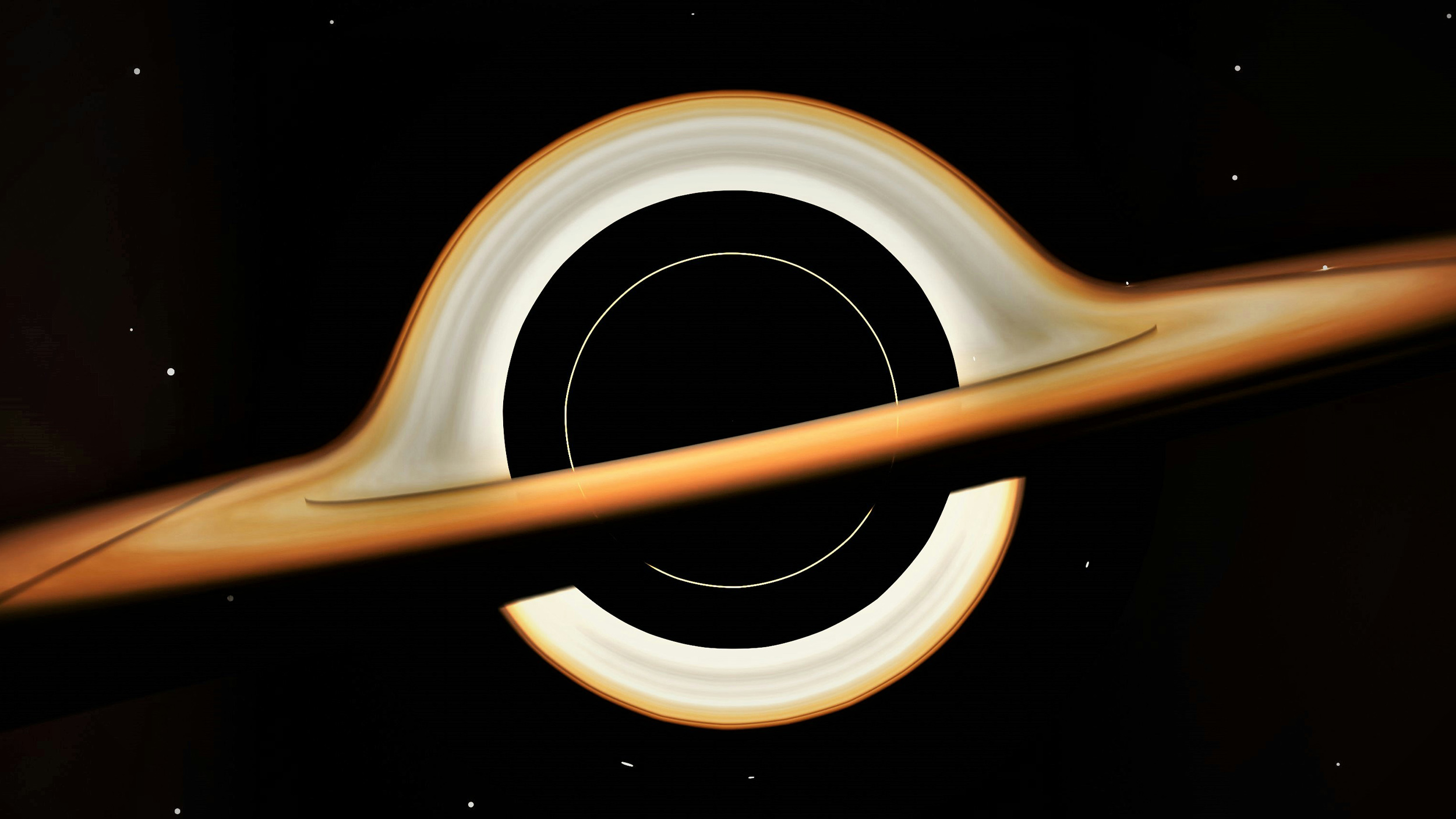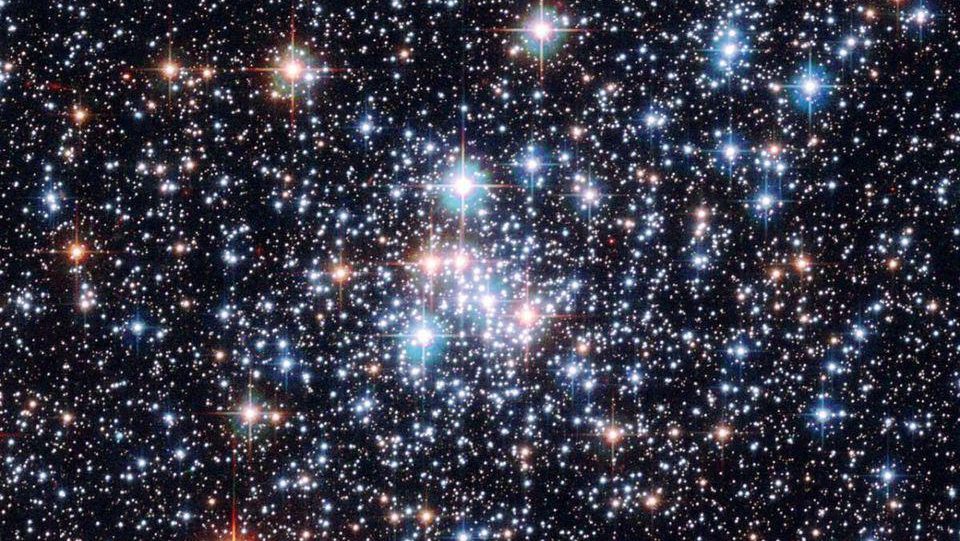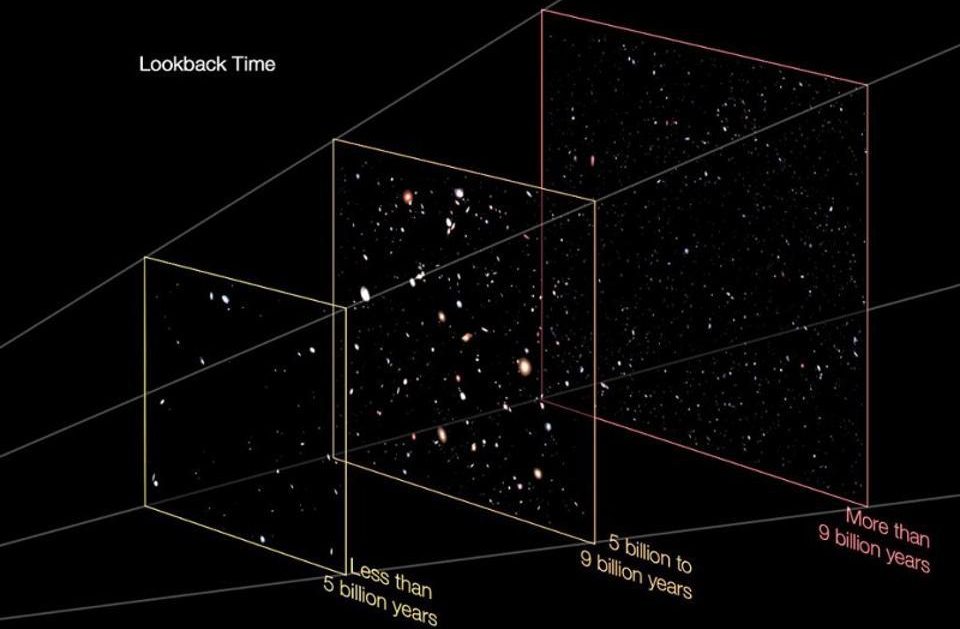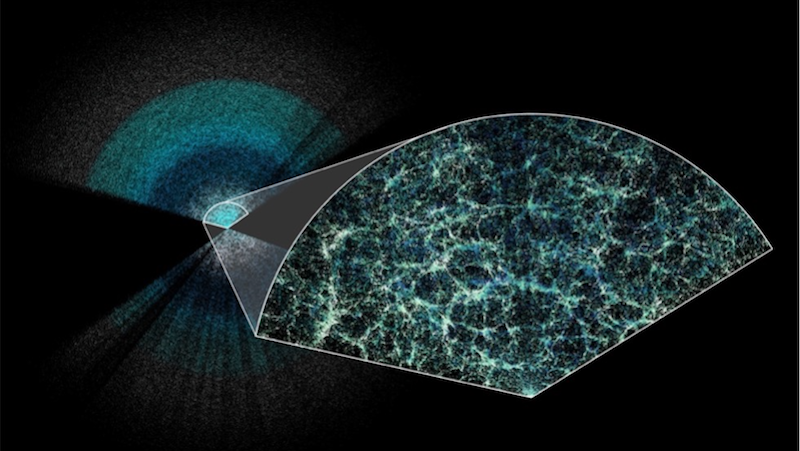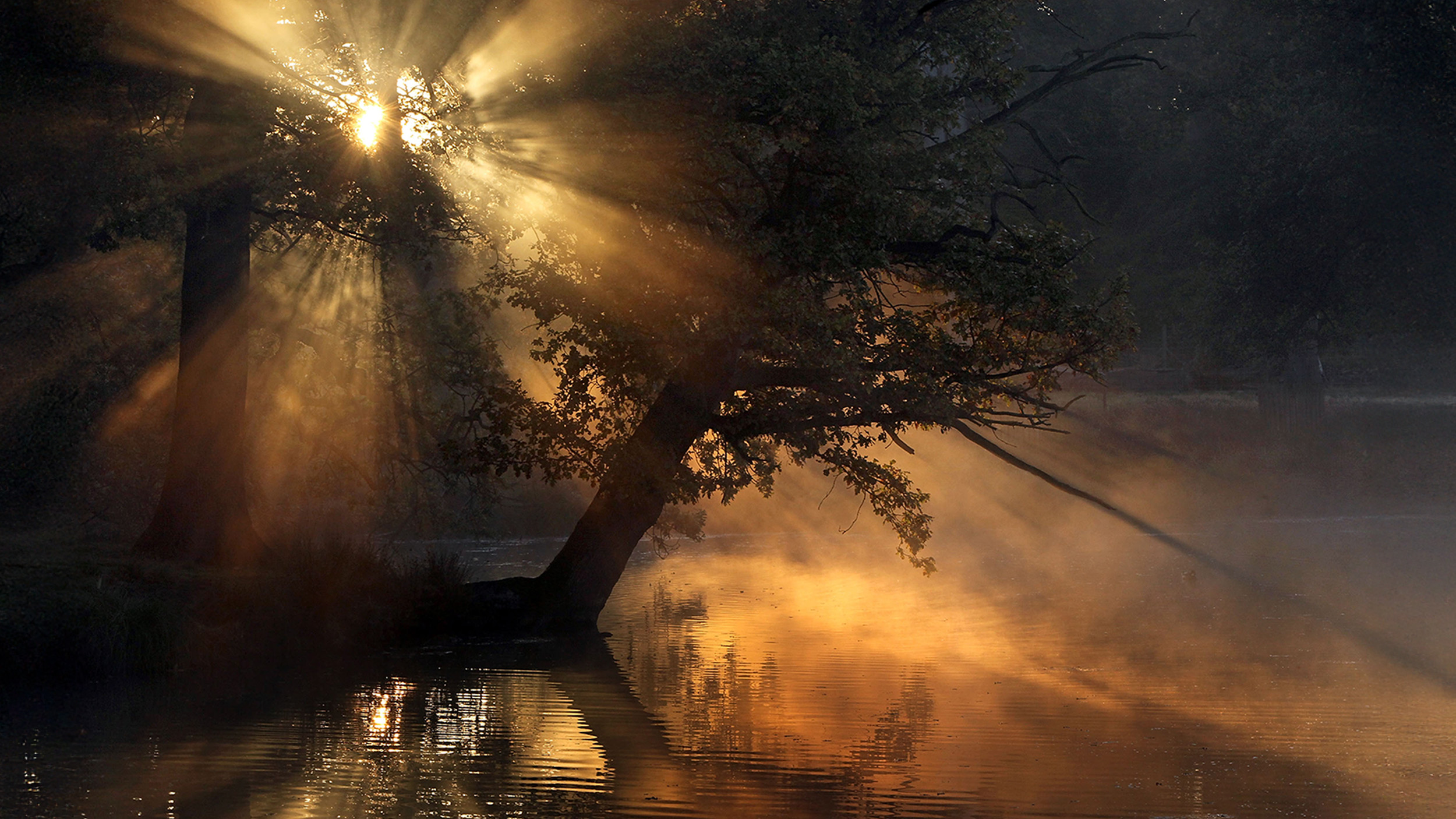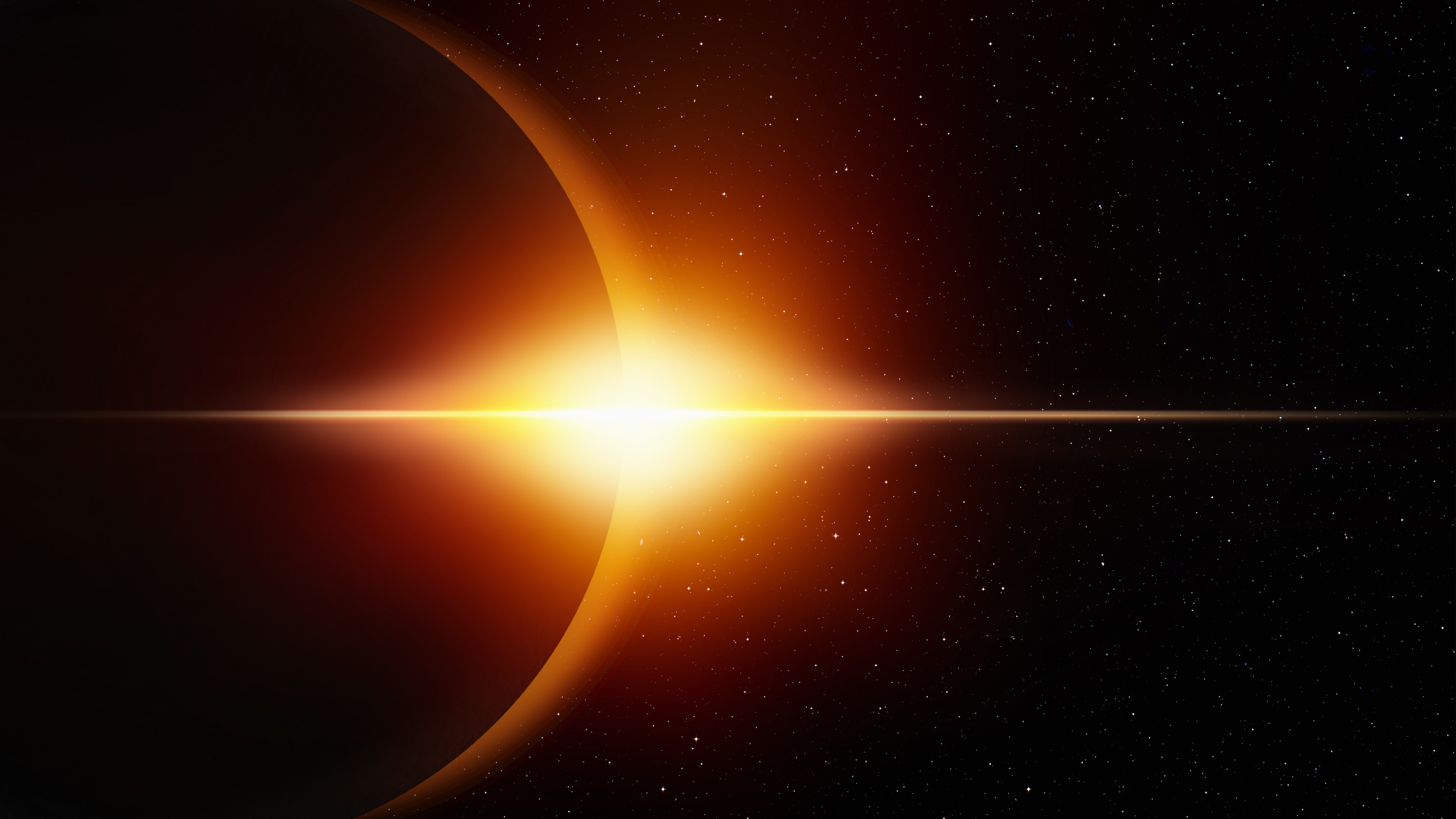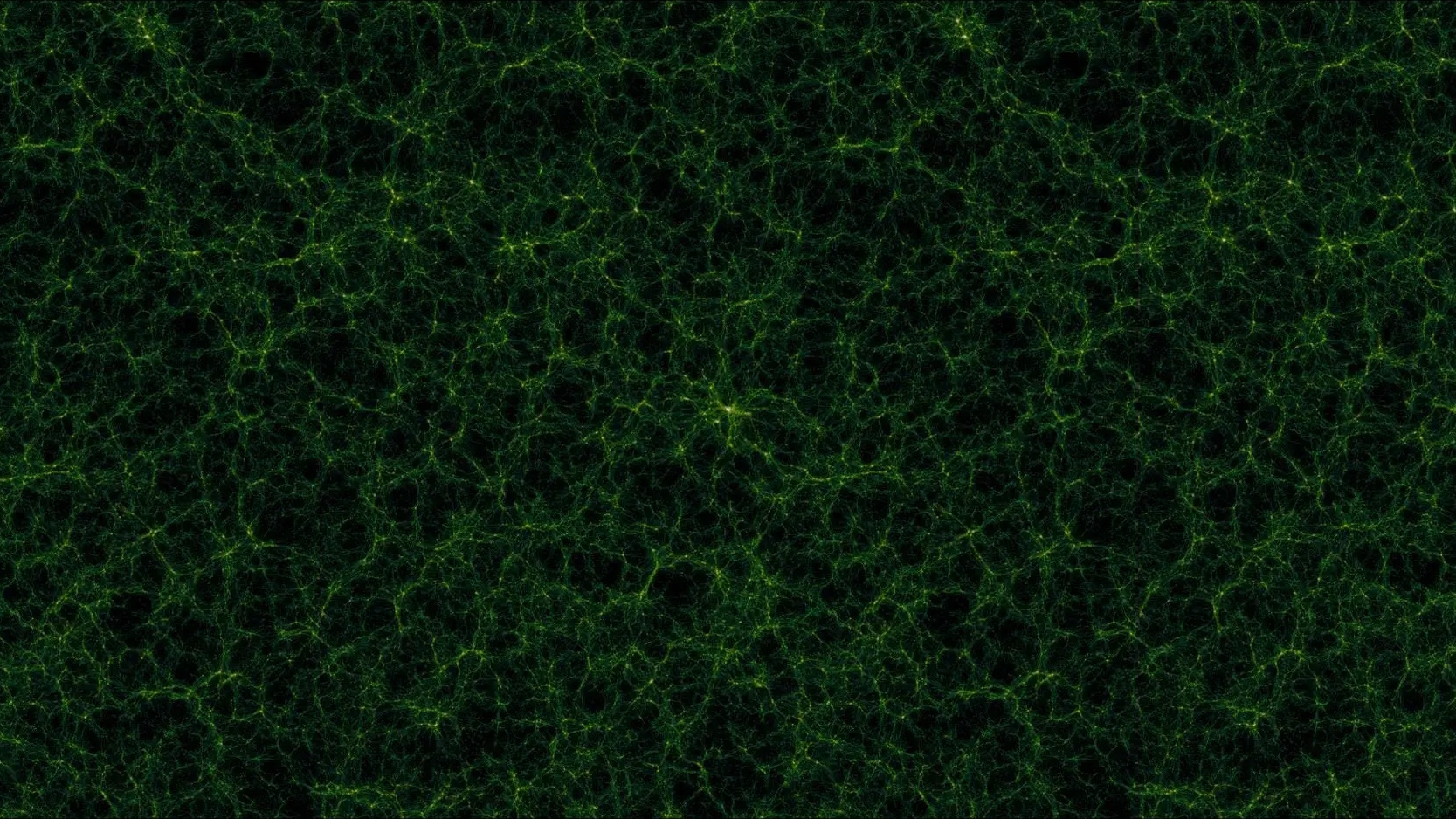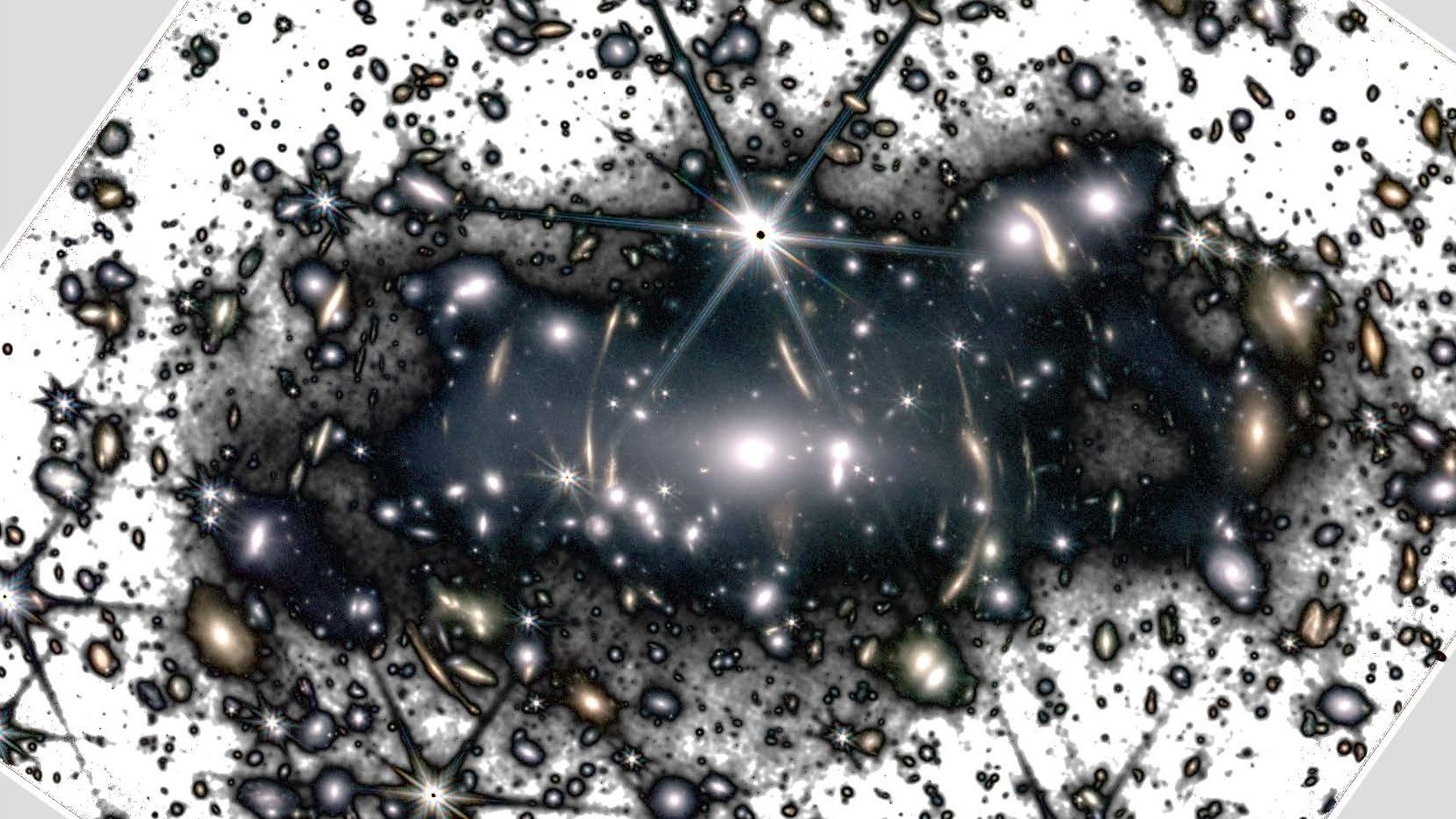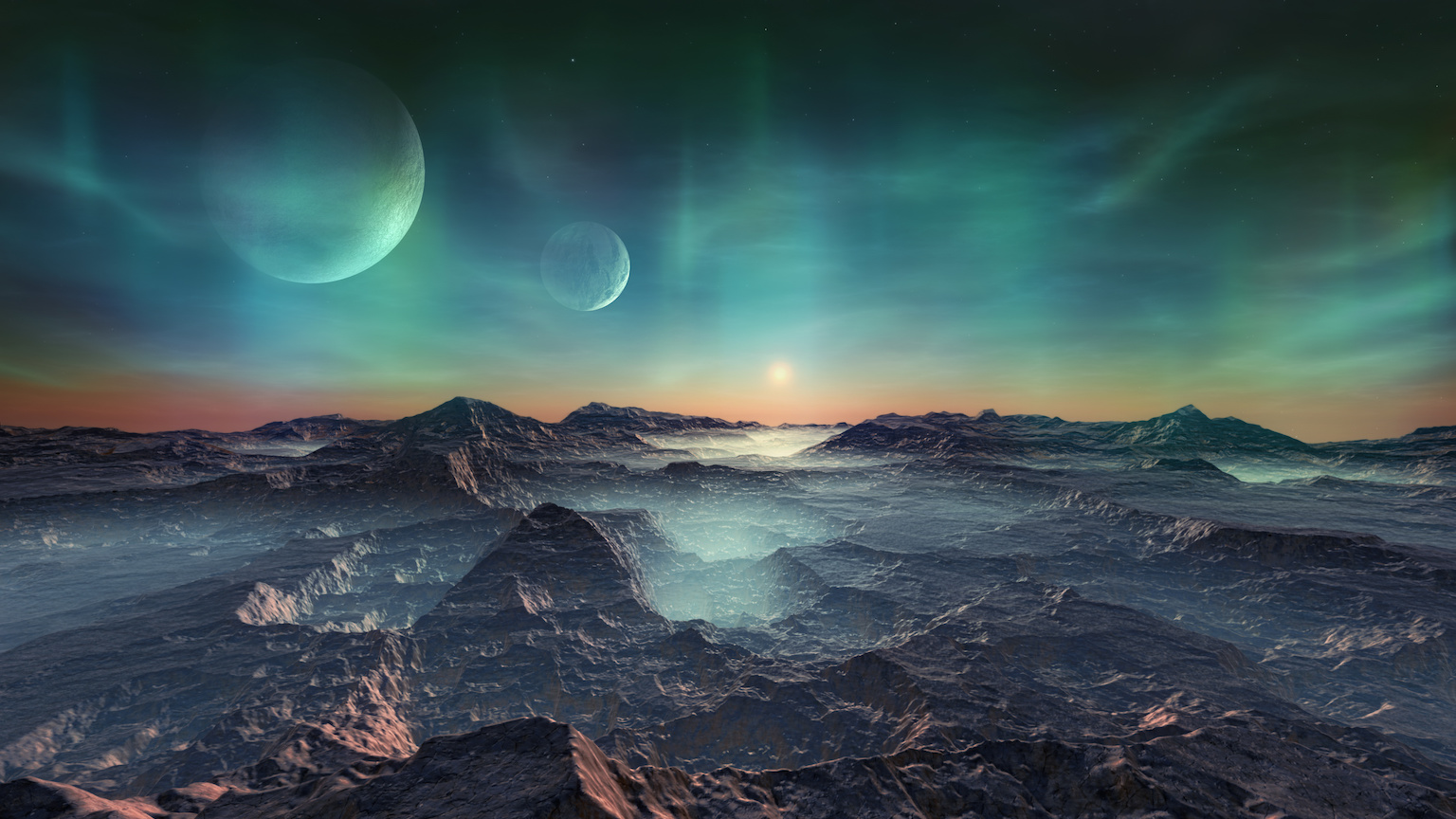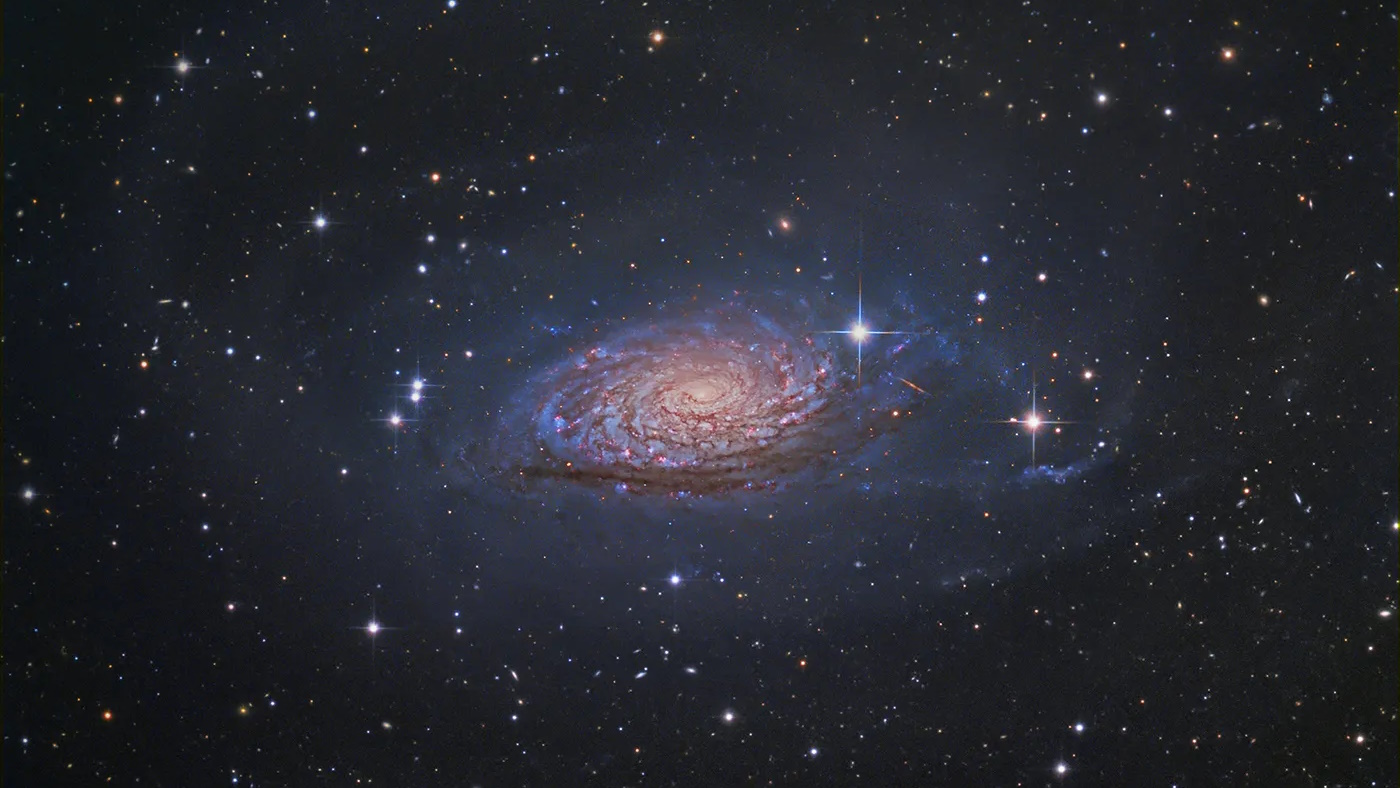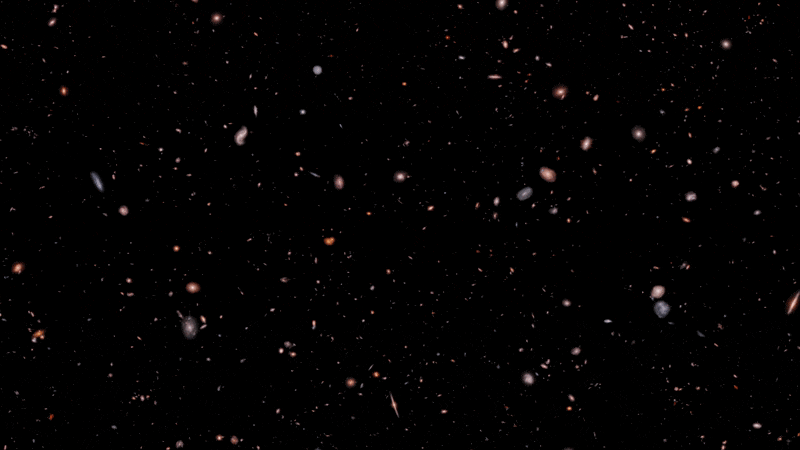Space & Astrophysics
It’s the ultimate game of cosmic “cover up,” as the dimming occurs when a circumbinary disk from a nearby star passes in front of T Tauri North.
Life might be more common across the Universe than the “Hard Steps Model” suggests.
Matter is made up largely of atoms, where atomic nuclei can contain up to 100 protons or more. But how were the heaviest elements made?
Cosmic inflation, proposed back in 1980, is a theory that precedes and sets up the hot Big Bang. After thorough testing, is it still valid?
Scientists just viewed one of the tiniest, most isolated, lowest-mass galaxies ever found with JWST. Despite all odds, it’s still growing.
New telescopes, radio dishes, and gravitational wave detectors are needed for next-generation science. Will the USA lead the way?
The Ring Nebula, a bright, circular planetary nebula, is created by a dying Sun-like star. After centuries, we finally know its true shape.
Motility was suggested as a promising “biosignature” as early as the 1960s, but the technology was insufficient — until now.
Since mid-2022, JWST has been showing us how the Universe grows up, from planets to galaxies and more. So, what’s its biggest find of all?
Physicist Don Lincoln explains why mathematics is a powerful tool for scientific modeling, but is not a science itself.
The discovery of ultra-bright, ultra-distant galaxies was JWST’s first big surprise. They didn’t “break the Universe,” and now we know why.
Seven years ago, an outburst in a distant galaxy brightened and faded away. Afterward, a new supermassive black hole jet emerged, but how?
Here in our Universe, stars shine brightly, providing light and heat to planets, moons, and more. But some objects get even hotter, by far.
Most stars shine with properties, like brightness, that barely change at all with time. The ones that do vary help us unlock the Universe.
Astronomer Adam Frank reflects on some responses to his recent appearance on the Lex Fridman Podcast.
Despite no experimental evidence showing that gravitons exist, they remain a respectable concept in the world of professional physicists.
Many of us look at black holes as cosmic vacuum cleaners: sucking in everything in their vicinity. But it turns out they don’t suck at all.
There’s no upper limit to how massive galaxies or black holes can be, but the most massive known star is only ~260 solar masses. Here’s why.
In the year 2000, physicists created a list of the ten most important unsolved problems in their field. 25 years later, here’s where we are.
We see objects whose light only arrives just now. But we see them as they were in the past: when that now-arriving light was first emitted.
Featuring SpaceX’s “Mechazilla,” a first-of-its-kind spacewalk, and more.
Our Universe isn’t just expanding, the expansion is accelerating. Instead of dark energy, could a “lumpy” Universe be at fault?
Despite the Sun’s high core temperatures, atomic nuclei repel each other too strongly to fuse together. Good thing for quantum physics!
A recent measurement has simultaneously settled an ongoing scientific debate while puzzling scientists.
On larger and larger scales, many of the same structures we see at small ones repeat themselves. Do we live in a fractal Universe?
It’s not only the gravity from galaxies in a cluster that reveals dark matter, but the ejected, intracluster stars actually trace it out.
Experts answer 10 big questions about the nightmare scenario that could send us back to the pre-Space Age.
Earth is actively broadcasting and actively searching for intelligent civilizations. But could our technology even detect ourselves?
Did the Milky Way form by slowly accreting matter or by devouring its neighboring galaxies? At last, we’re uncovering our own history.
Forget billions and billions. When it comes to the number of galaxies in the Universe, both theorists’ and observers’ estimates are too low.
